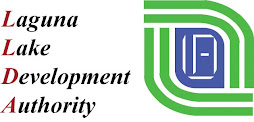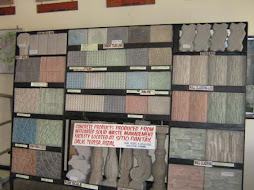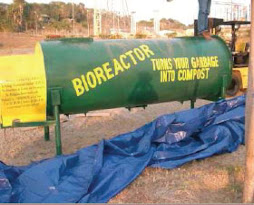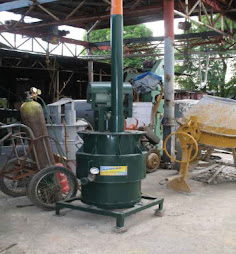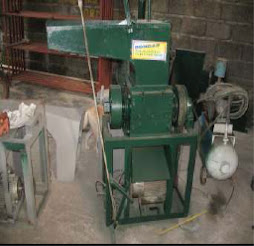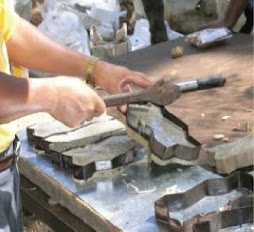 Mabitac Material Recovery Facility -Solid Waste Management Sub-project
Mabitac Material Recovery Facility -Solid Waste Management Sub-projectThe Sub-project background and rationale: The passage of Republic Act 9003, or the Ecological Solid Waste Management Act of 2003 is a clear indication of national concern of the waste management problem. To this date, very few municipalities have complied with the provisions stipulated in the policy. In the Laguna de Bay region, solid and liquid waste have been identified as the leading sources of pollution in the lake. The Sangguniang Bayan passed Resolution #52 to affirm its interest in working with LLDA to develop a Material Recovery Facility (MRF).
 The establishment of the MRF and composting facility is part of the waste management program of the municipality with the end result of improving the town’s solid waste management capabilities. Specifically, it aims to ensure that the Municipality complies with the solid waste management act. It will also help to limit the amount of pollution entering the surface waters do to leachate from improperly managed solid waste facilities. Finally, the project will provide additional income and livelihood opportunities in the Municipality through construction of the facilities, as well as the opportunity to sell products made from recycled waste.
The establishment of the MRF and composting facility is part of the waste management program of the municipality with the end result of improving the town’s solid waste management capabilities. Specifically, it aims to ensure that the Municipality complies with the solid waste management act. It will also help to limit the amount of pollution entering the surface waters do to leachate from improperly managed solid waste facilities. Finally, the project will provide additional income and livelihood opportunities in the Municipality through construction of the facilities, as well as the opportunity to sell products made from recycled waste.The Sub-project Components:
There are two main components of this sub project:
1. Construction of the Material Recovery and Composting Facilities. A 180 square meter building will be constructed for the sub-project. Areas will be allocated for the material recovery, composting, hollow block/pavers production, and temporary storage facilities for unprocessed residuals and hazardous wastes. The area will be fenced in order to prevent intrusion of scavengers and stray animals.
 2. Procurement of equipment. This will include a 1 ton bioreactor, which will be procured for composting activities, along with other equipment needed to successfully implement the sub-project.
2. Procurement of equipment. This will include a 1 ton bioreactor, which will be procured for composting activities, along with other equipment needed to successfully implement the sub-project.The host community of the MRF is Bgy. San Antonio. The barangay has a total land area of 2.48 hectares and a population of 1,199 people living in 231 households. At the proposed MRF site, rice fields surround the area and the major economic activity is farming. Converting the organic matter from the fields into compost will reduce open burning and significantly improve air quality. The production of organic fertilizer from the composting activities will also be locally utilized by the farming population.
Total construction cost estimate: P 5 million
Loan: (40%) P 2 Million
Grant: (50%) P 2.5 Million
Equity of LLDA: (5%) P 0.25 Million
Equity of LGU: (5%) P 0.25 Million












